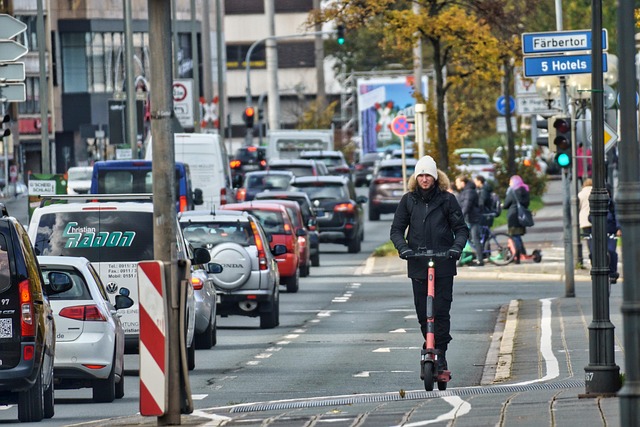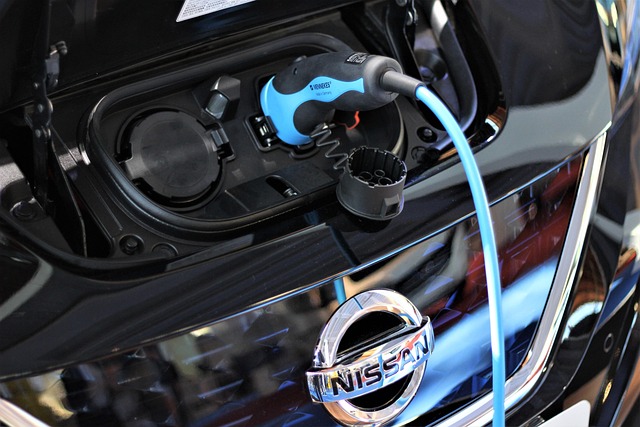Revolutionizing Mobility: The Future of Urban Public Transport Expansion
The way we move around in our cities has a profound impact on our environment, economy, and quality of life. As urban areas continue to grow, the need for efficient and sustainable urban public transport expansion becomes more critical than ever. Investing in public transport not only helps to reduce congestion and air pollution but also enhances accessibility for all citizens, paving the way for an inclusive urban environment.
Transport Sustainability: A Path Forward
One of the most significant challenges facing urban centers today is finding a sustainable balance between development and environmental preservation. The transportation sector is a considerable contributor to greenhouse gas emissions, making the case for a robust public transport system even more compelling. By expanding urban public transport options, cities can decrease dependency on personal vehicles, which in turn can lead to lower emissions and a smaller carbon footprint.
Sustainable transport solutions such as electric buses, light rail systems, and bike-sharing programs are gaining traction. With the right infrastructure, cities can create a seamless transport experience that encourages residents to choose public options over cars. This shift not only benefits the environment but also promotes healthier lifestyles as people opt for walking or cycling to transport hubs.
Rural Development: Bridging the Gap
The drive for urban public transport expansion extends beyond city limits. Rural areas often suffer from inadequate transportation, which can hinder economic growth and access to essential services. Expanding public transport to these regions can bridge the gap between urban and rural living, ensuring that everyone has access to job opportunities, educational institutions, and healthcare facilities.
To foster rural development, integrated transport systems that connect urban and rural areas are essential. Effective partnerships among government agencies, private sectors, and community organizations can lead to innovative solutions that prioritize accessibility and sustainability. Enhanced public transport options can empower rural communities, providing them with greater mobility and access to urban resources.
Community Engagement: Essential for Success
For any public transport initiative to be genuinely effective, community engagement is vital. Understanding the needs and preferences of residents can guide the planning and implementation process, ensuring that the expansion of urban public transport resonates with the community it serves. Public consultations, surveys, and participatory planning can lead to solutions that reflect the desires of the populace, fostering a sense of ownership and responsibility among citizens.
As we look to the future of mobility, the expansion of urban public transport stands as a beacon of hope. By integrating sustainable practices into our transportation systems and prioritizing rural accessibility, we can create interconnected, thriving communities that are designed for the well-being of all. The journey towards a sustainable future in urban mobility begins with bold actions, thoughtful planning, and a collective commitment to change. Let’s embrace this opportunity for transformation.



